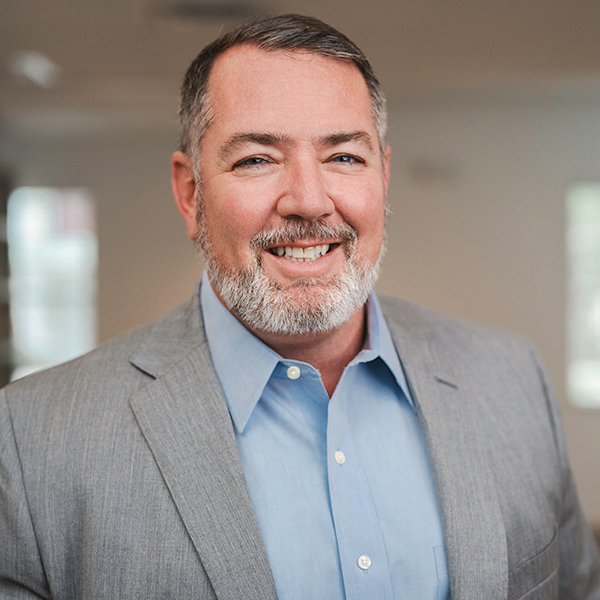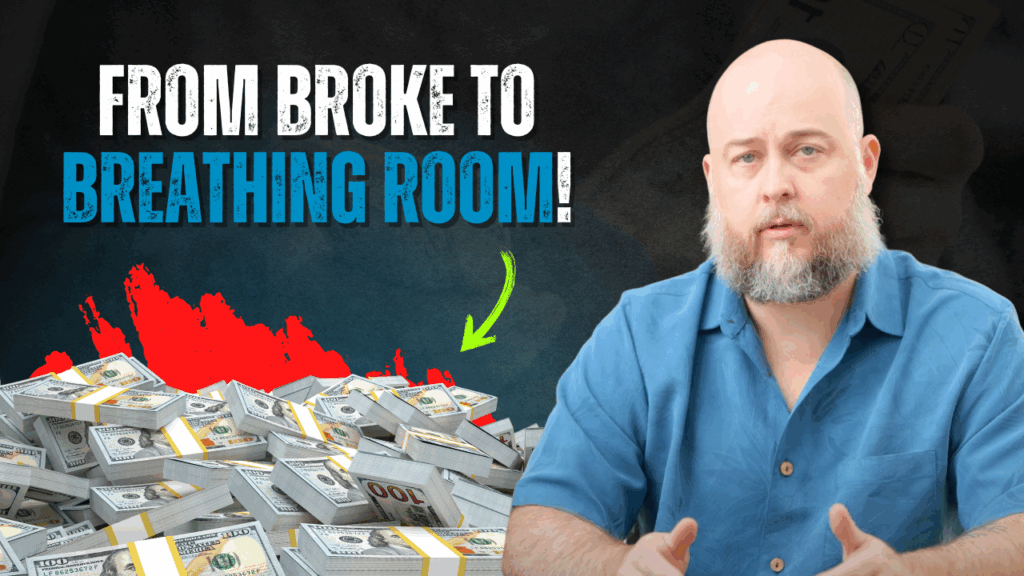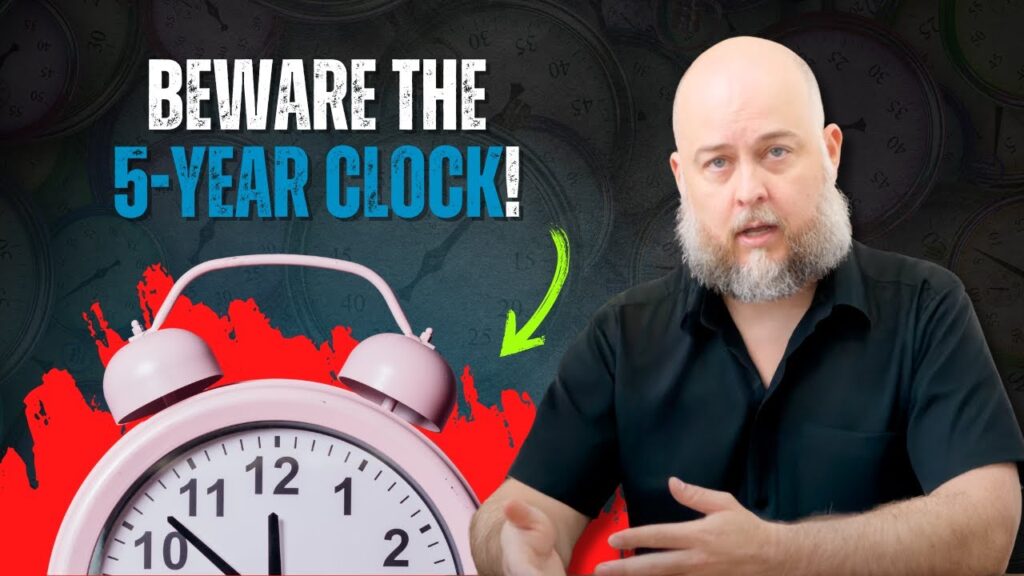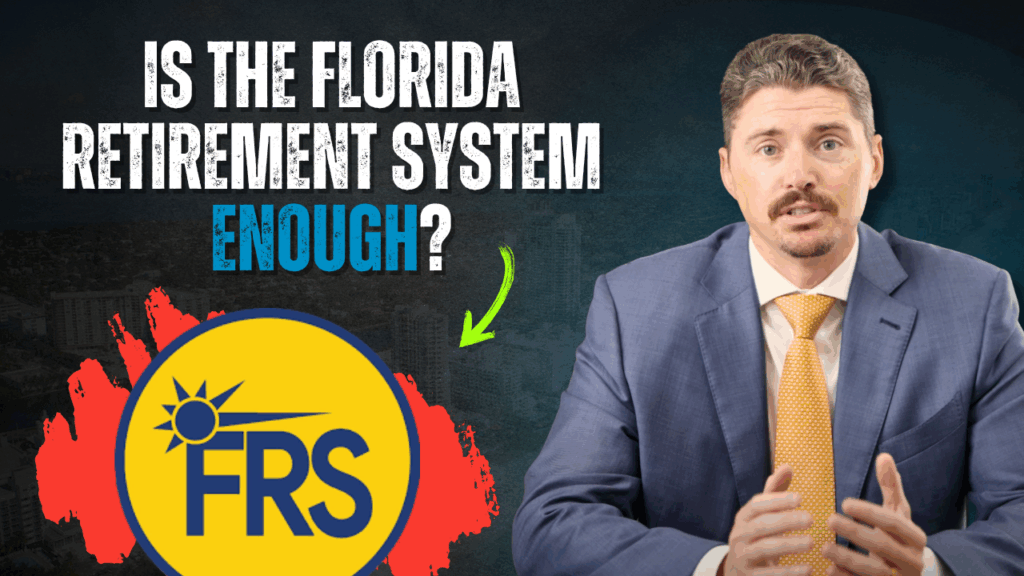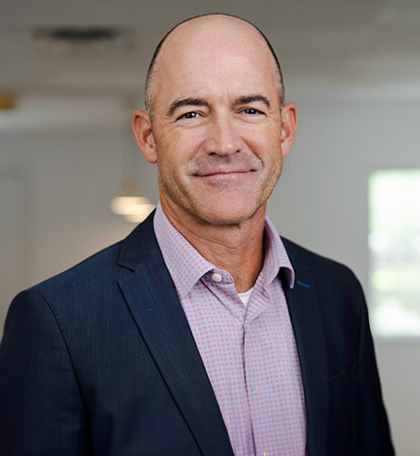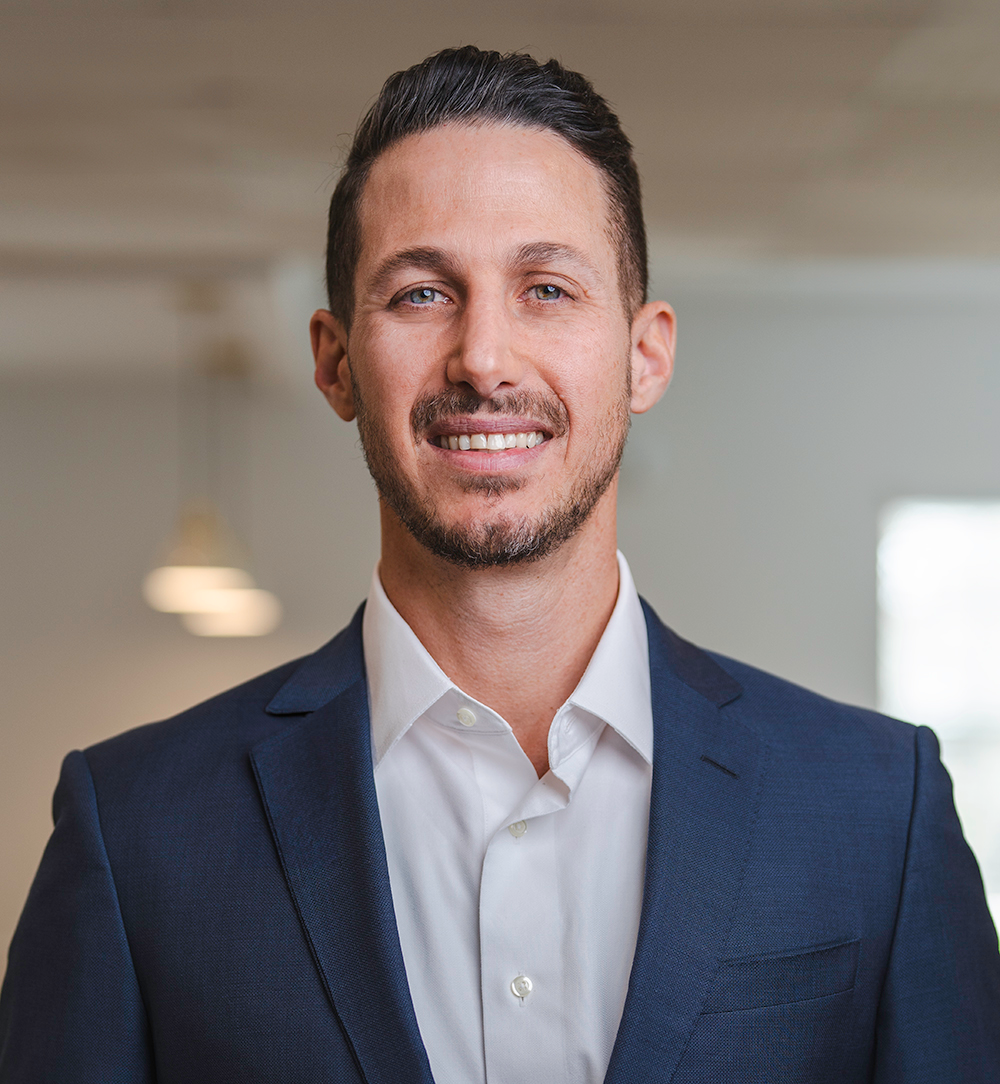As one navigates through life and takes on more financial responsibilities like credit lines, family obligations, and a mortgage, it’s common to feel overwhelmed with all the moving parts that make up your finances. But there’s hope! By following the proper order of investing, you can simplify your finances and pay off your debts while simultaneously building your savings. This simple strategy can help alleviate the pressure of saving for the future while also addressing the burden of debt, making it easier to achieve your financial goals.
Many believe paying off debt first is necessary before building wealth. However, there are circumstances in which investing your money can be more advantageous. If the interest rate on your investment is higher than the rate on your debt, investing could help you pay off your debt more quickly. Investing always involves a degree of uncertainty, which is why we need to consider investing timelines to determine the most likely path to success.
1. Build an Emergency Fund
While an emergency fund may not generate returns or pay down debts, it can serve as a crucial safety net to protect you from financial devastation. Should a crisis arise, having a special fund can prevent you from going deeper into debt, which would hamper your ability to build wealth. Moreover, having a sufficient emergency fund can provide you with a sense of security and alleviate stress during times of uncertainty.
The recommended amount for an emergency fund depends on various factors, such as your monthly expenses, dependents, and income. However, as a general rule of thumb, saving enough to cover at least three to six months’ worth of expenses is advised.
While keeping your funds safe is crucial as you may need them at any time, it’s important to remember that inflation can still cause you to lose money over time. So, the bigger your emergency fund, the more you stand to lose from inflation. However, there are low-risk options available that can help minimize losses or even generate some profit. One such strategy is the Brokered-CD Ladder, which provides a low yield but a higher return than simply holding cash.
2. Take Full Advantage of your 401(K) Employer Match
Don’t miss out on this opportunity for free money! Finding an investment with a guaranteed 100% return is rare, but employer-matching contributions provide just that. Even if your employer only matches a percentage of your match, these funds can add up to a significant portion of your retirement savings in the long run. So, take advantage of this perk and make the most of your retirement planning.
Using Bankrate.com’s 401(K) calculator, we can easily see the difference an employer match makes over the years.
|
401(K) With and Without Employer Match
|
Figures
|
|---|---|
|
Percent to Contribute:
|
20%
|
|
Annual Salary:
|
$100,000
|
|
Annual Salary Increase:
|
1%
|
|
Current Age:
|
30
|
|
Retirement Age:
|
65
|
|
Current 401(K) Balance:
|
$0
|
|
Annual Rate of Return:
|
10%
|
|
Total Employee Contributions:
|
$726,000
|
|
|
|
|
Employer Match:
|
100%
|
|
Employer Match Ends:
|
4.5%
|
|
Total Employer Contributions:
|
$192,952
|
|
Results
|
|
|
Without Employer Match:
|
$5,339,651
|
|
With Employer Match:
|
$6,758,300
|
That’s a $1,428,649 difference!
When in life will someone essentially give you over a million dollars? Your employer may do that if you are consistent in your investing strategy.
3. Pay off credit card debt.
Repaying credit card debt is a crucial step in achieving financial stability. With an average interest rate of 20.4%, according to the Fed, credit card debt is usually the most expensive form of debt and can effectively cancel out the gains from your other investments.
To prove this point, let’s look at a scenario where you can either pay off debt or focus on your investments.
You owe $5,000 in credit card debt with an interest rate of 20.4% over a one-year term. You have an additional $1,000 each month that you can allocate either towards paying off your credit card debt or investing in an account that offers a 6.5% rate of return but with a 15% tax.
So, what wins out? Paying off the credit card debt or investing?
After 12 months:
Interest reduction on debt: $1,121
Interest earned from investments: $309
The evidence is clear. Paying off debt is definitely more profitable over investing.
Plus, your investments are already fighting inflation, so make it a bit easier on them by extinguishing credit card debt as fast as possible.
4. Pay off other high-interest debt.
Next in the order of investing is to prioritize paying off high-interest debt such as school loans or other obligations with interest rates between 6% to 10%. Although some investments may yield higher returns, it’s best to eliminate these debts and start with a clean financial slate. This way, you can focus on building wealth without the burden of high-interest debt holding you back. Once you get rid of your credit card debt and these other high-interest debts, you’ll be surprised at how much money you’ll be left with at the end of the month that you can, in turn, invest!
5. Max out your Health Savings Account (HSA).
Consider maximizing your Health Savings Account (HSA) contributions next, if you can. Contributions to an HSA are tax-deductible, and withdrawals for qualified medical expenses are tax-free. This unique tax advantage makes HSAs an excellent way to save for healthcare expenses, plus any leftover funds are treated as an ordinary IRA once you retire.
However, to qualify to contribute to an HSA, you must meet a short list of requirements.
- You must be enrolled in a High-Deductible Health Plan (a health insurance plan with lower premiums and higher deductibles than a traditional one).
- You can’t be enrolled in Medicare.
- Nobody can claim you as a dependent.
In 2023, the maximum amount you can contribute to your HSA is $3,650 for individuals and $7,300 for families. Individuals aged 55 and above can contribute an extra $1,000, similar to an IRA or 401(K) ‘catch-up’ contribution.
6. Max out your IRA.
Filling up your IRA should be your next top priority. Compared to 401(k)s, IRAs offer greater flexibility in investment options and typically have lower fees. This is because corporate 401(k) plans often have a high proportion of mutual funds that come with expensive management fees. On the other hand, an IRA offers the flexibility to invest in cheaper and easily tradable ETFs.
Working with a financial advisor can help you find the most cost-effective investment products and create a tax plan incorporating a mix of Traditional and Roth IRAs, maximizing your potential savings. By focusing on your IRA, you’ll have more control over your retirement funds and can potentially save more for the future.
7. Finish maxing out your 401(K).
After maxing out your IRA, start maxing out your 401(K) contributions, whether you choose a Roth or Traditional account. Unlike an IRA, 401(K) plans have no income limits and allow for much higher contribution limits. In 2023, you can contribute up to $22,500 to your 401(K), with an additional $7,500 catch-up contribution if you are 50 or older. This is significantly more than the $6,500 contribution limit for IRAs ($7,500 for those 50 and older). Remember, contributing to your 401(K) is still tax-advantaged, making it a smart choice for maximizing your retirement savings.
8. Pay off low-interest debt.
Debt with interest rates between 4% to 5% is considered low-interest debt. While any non-retirement investment returns should outperform these rates over the long run, paying off this type of debt first guarantees a rate of return that can make a significant difference in the long term, especially during times of market volatility when regular investments may yield negative returns.
9. Fund taxable investment accounts.
Finally, begin funding taxable investment accounts such as regular brokerage accounts. With these accounts, you can purchase a variety of investment products including stocks, bonds, ETFs, and mutual funds. However, we advise against stock picking as it can be difficult and unpredictable to time the ups and downs of the market. Plus, purchasing a large amount of stocks will probably go against the rules of diversification, placing your portfolio in great risk. Instead, stick to diversified ETFs and mutual funds.
These securities may not be tax-deferrable or tax-deductible, but they are still tax efficient due to the fact that you can pay the lower long-term capital gains tax rather than income tax on them – if you play your cards right. Like an IRA, you can choose the best funds to invest in at low prices. One possible variant for amateur investors is the 3-Fund Portfolio, an easy-to-manage, low-cost set of ETFs representing all the stocks available in the American and global stock markets and all the bonds available in the American market.
10. Pay off your mortgage (maybe).
If you bought your home during a period of low-interest rates, it may be worth keeping your mortgage payment as is. Inflation can decrease the total amount you owe in real terms, and in the long run, your stock market investments have a greater potential to outperform the mortgage interest rate.
In Conclusion.
This list is by no means set in stone, as it all depends on your personal financial situation. For example, if your mortgage rate exceeds 3%, you may want to switch points nine and ten. Not everyone qualifies for an HSA, so that’s a moot point for many. If an employer doesn’t offer a match, you can skip to paying off any credit card debt. In general, any time a point doesn’t apply to you, you can move down the list. Pretty simple stuff.
But, if all of the points laid out above do apply to you, this is a good mathematical formula to efficiently build your wealth and pay off your debt. However, before putting this plan into motion, consulting with a fee-only fiduciary financial advisor is highly recommended to put together a complete picture of your lifetime financial and tax situation.


